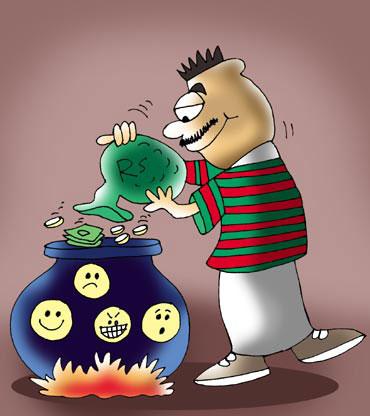
Earlier this week, Bombay Stock Exchange (BSE) and National Stock Exchange (NSE) issued a notice stating more than 2,000 scrips have turned illiquid in the September quarter.
The exchanges asked investors to "exercise additional due diligence" while trading in these stocks.
BSE has named scrips such as Kirloskar Industries, Mafatlal Industries, Networth Stock Broking and so on. NSE's list includes Ansal Housing Construction, Aditya Birla Money and Zenith Computers.
There are 5,000-listed companies on the BSE, while the NSE has about 1,500 on its platform.
...
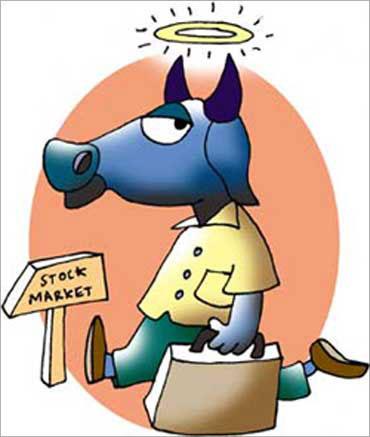
An illiquid stock is one which is hard to sell if you are looking to exit. You might have to sell an illiquid stock for less than the current market price. Hence, illiquid scrips pose higher risks to investors.
Stocks with higher promoter shareholding will have higher chances of being illiquid as the free float (shares available for trading) in the market is less. Multinational companies could also face the same problem.
On the other hand, the market is seeing less liquidity also because the volumes being traded have dropped. On BSE, the total turnover was Rs 2,570 crore in September last year. This year the month saw volumes drop to Rs 2,263 crore.
...
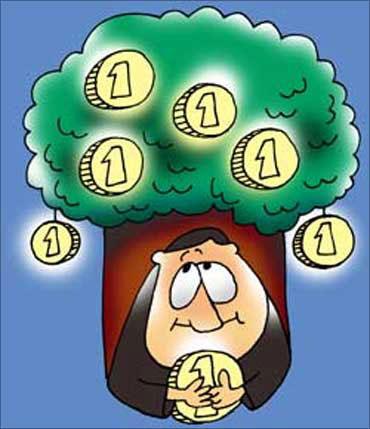
A sharp fall in mid- and small-cap stocks, as compared to larger ones has also led to the increase in the number of illiquid stocks.
And, most of the scrips named by the exchanges are smaller stocks. Between July 2011 and September 2012, the Sensex has been trading in a tight range (fallen 1.1 per cent).
The fall seems lesser due to the sudden uptick in the markets on the back of big-bang reform announcements by the government. In comparison, the BSE small-cap index declined close to 14 per cent.
...
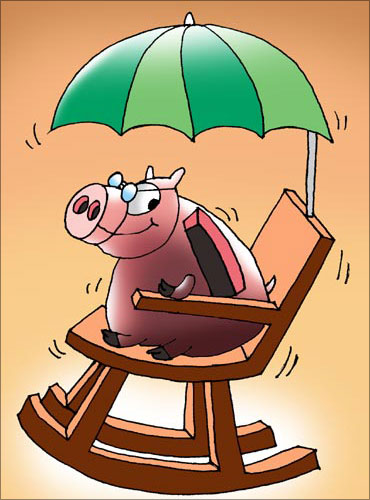
"The mood among retail investors is quite pessimistic and nobody's interested in buying small-cap stocks as these tend to burn their fingers in bad times. Investors are looking for safer bets like select large-cap stocks. Small companies, which don't have a robust business model, are being shunned," says Alex Mathews, head of research at Geojit BNP Paribas Securities.
If you are holding one of these stocks, financial experts say, do not panic.
"The stock exchanges have only warned investors as many of these stocks have seen very sharp movements. Typically, when investors buy these stocks they have a target price or time period in mind. Stick to it and exit only on completion of the target set," says Arun Kejriwal of Kejriwal Research and Investment Services.
...
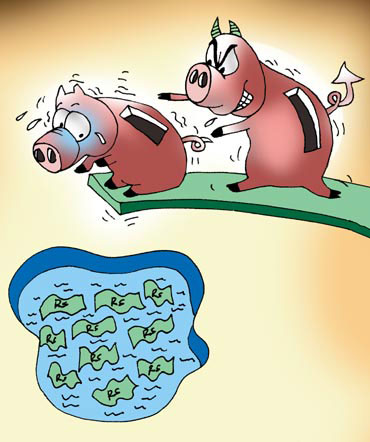
There are chances that during the corporate earnings season there might be a spurt in prices of these scrips.
This could be an opportune time to exit, Mathews suggests. "And if you do want to buy these scrips, make sure you buy it in small quantities as it is easier to sell in small number," he explains.
Ideally, retail investors should not venture into these stocks, says Kejriwal.
"Yes, these stocks (smaller ones) give very good returns when they rally, but the reverse rally can be equally bad. Importantly, you need to be perfect with your entry and exit time for these stocks, which very few people can get right, that too, not always. Fundamentally good stocks, like large caps, return slowly over time. But, the smaller ones will give stellar returns once in a while," he says.
...

Sebi has mandated the exchanges to give a list of illiquid scrips every quarter. Many, like Kishor Oswal, chairman and managing director of CNI Research, feels this is killing the depth of the market and leading to stocks turning illiquid.
For instance, you are not allowed to buy more than 10 per cent of the volume of a stock.
Today, a stock called Networth saw only 100 shares traded, which means you could not have bought more than 10 shares.
If you wanted to buy 1,000 shares, you would have had to wait for the volume to jump to 10,000 shares. Such stocks rally on the smallest trigger and hit the upper circuit. Result: Investors are stuck again.